Suunto 9 baro very low elevation gain vs other brands
-
@Oktan Mine is dead on for elevation accuracy and gain/loss. You need to provide activities to support this. Corrections on Training Peaks for me are negligible, this is likely an issue with Strava.
-
@Bulkan said in Suunto 9 baro very low elevation gain vs other brands:
I don’t get it, why do you think Strava is given you the right elevation?
Yes. If I sync an activity from Suunto to Strava I can choose between recorded elevation gain from the watch and Strava elevation gain.
I never had a difference of more than 10 meters. My usual elevation gain with the bike is between 800 and 1000 m of climbing.

-
This is a pretty interesting topic.
I had posted a similar concern and @Dimitrios-Kanellopoulos demonstrated the raw data between my Garmin and Suunto was actually very similar in terms of gain / loss. This really comes down to the fact that Garmin is recording any changes of 1m or more, and Suunto only records changes of 3m or more. In my case, that resulted in a difference of around 300 meters over four hours of riding.
@Dimitrios-Kanellopoulos suggested this was “noise” due to the Garmin counting differences less than 3m. Using PE = mgh I get around 225 KJ of work at my riding weight (including the bike) to climb 300 meters, so I’m not sure I completely agree.
I guess I wonder if this is really a philosophical decision (i.e., just “noise”) or does this have anything due to battery consumption needs for recording changes of one meter or more.
-
@fazel said in Suunto 9 baro very low elevation gain vs other brands:
@Dimitrios-Kanellopoulos suggested this was “noise” due to the Garmin counting differences less than 3m. Using PE = mgh I get around 225 KJ of work at my riding weight (including the bike) to climb 300 meters, so I’m not sure I completely agree.
You are (or can be) right, but it all depends on the course. You can do a thought experiment of building a course in which those 300 meters are just bumps on the road after some longer descents, so you are using none of your energy reserves for those 300 meters

I had amazing results with the S9 on really mountainous terrain, and I am perfectly okay with the results I have in the Netherlands. Obviously, if I was running on more hilly terrain I would have more to complain about.
-
@isazi Yes - I agree it surely depends on the terrain. On consistent grades there is probably very little separating the philosophies. Undulating probably more so. Your point regarding momentum has merit, but I was only trying to illustrate a point. Certainly some of that work I must do, even if it is accelerating on the back side of the small rise.
-
@Dimitrios-Kanellopoulos Here is the activity: https://www.strava.com/activities/4486972002
Before the correction it was 1243 m. After the correction - 1542 m -
and here is my wahoo elemnt recording:
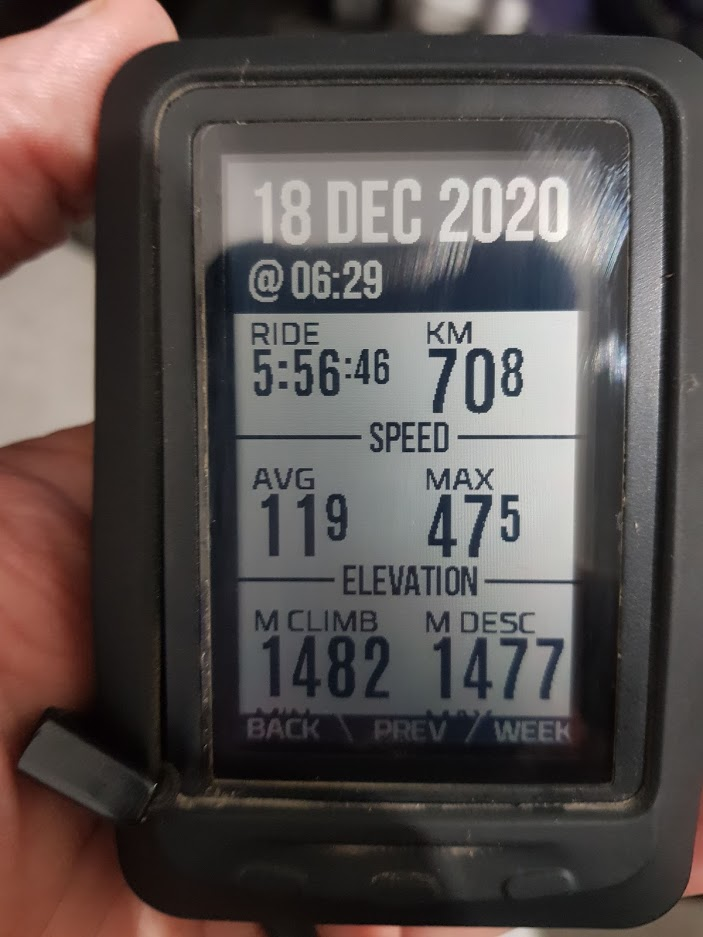
-
@fazel similar to my case: 300 m on 5:22 hours riding
-
I complained about the same for as long as I used Suunto 9 Baro. Just to make it clear, absolute altitude measurement is reasonable accurate on S9B, but adding up all elevation changes, i.e. total ascent and total descent, is not. That is not visible on activities where you have just one or two big climbs and descents, but is quite visible during long ultras with multiple climbs or on even on shorter runs on rolling terrain. My estimate is that the watch loses 10-20 ft (3-7 meters) per climb, so if a run or ride has a lot of smaller climbs that adds up. That is based on my experience with S9B prior to February 2020.
One easy way to verify that is just to look at elevation profile and manually add up all climbs and compare to the total ascent reported by the watch.
-
@sky-runner I don’t think this is a general issue. I use S9 baro for very long time for many different long and short runs with many long and short and small and big climbs. Never saw a problem. Not even comparing to the map.
-
I went back and looked at some recent workouts where I wore thee 9 and actually found tight agreement for most.
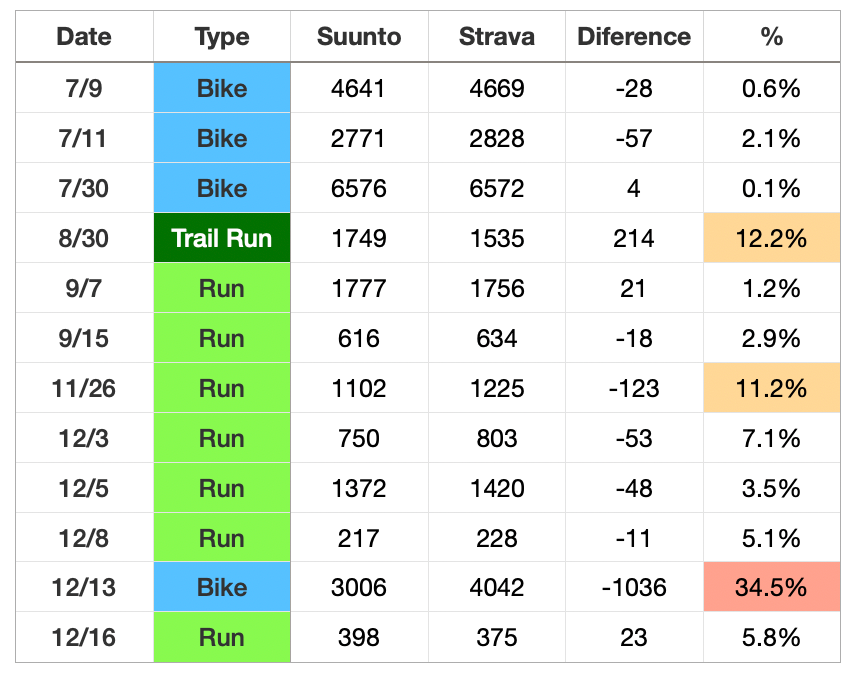
-
Guys, another problem is if you have a free account Strava makes adjustments, the paid account seems to just take the data.
-
I know that I am looking at the S9, not the Baro, but for me this is the way that the S9 calculates the ascent.
Today I created a route in Suunto App with 778 ft elevation,
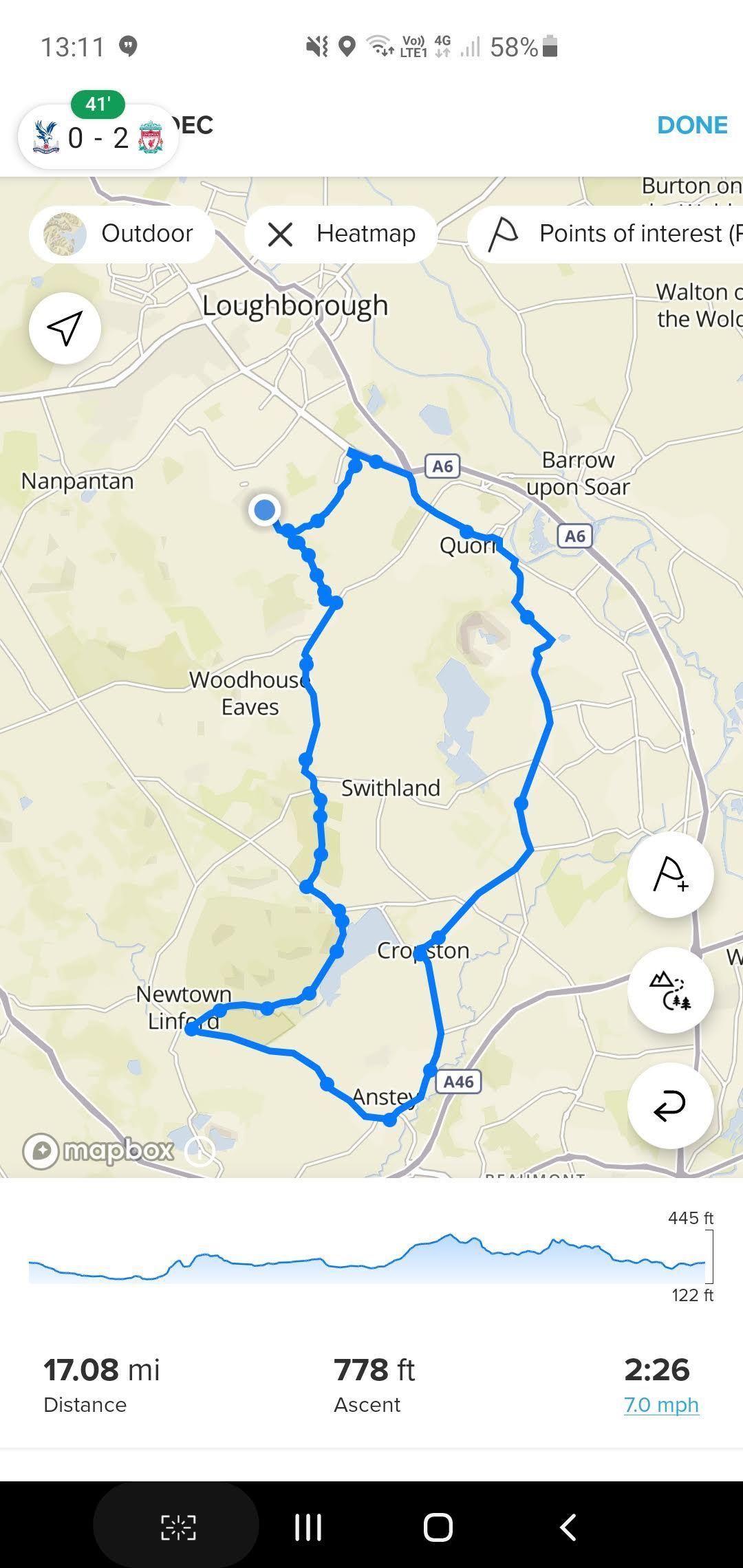 .
.
Watch confirms this route profile: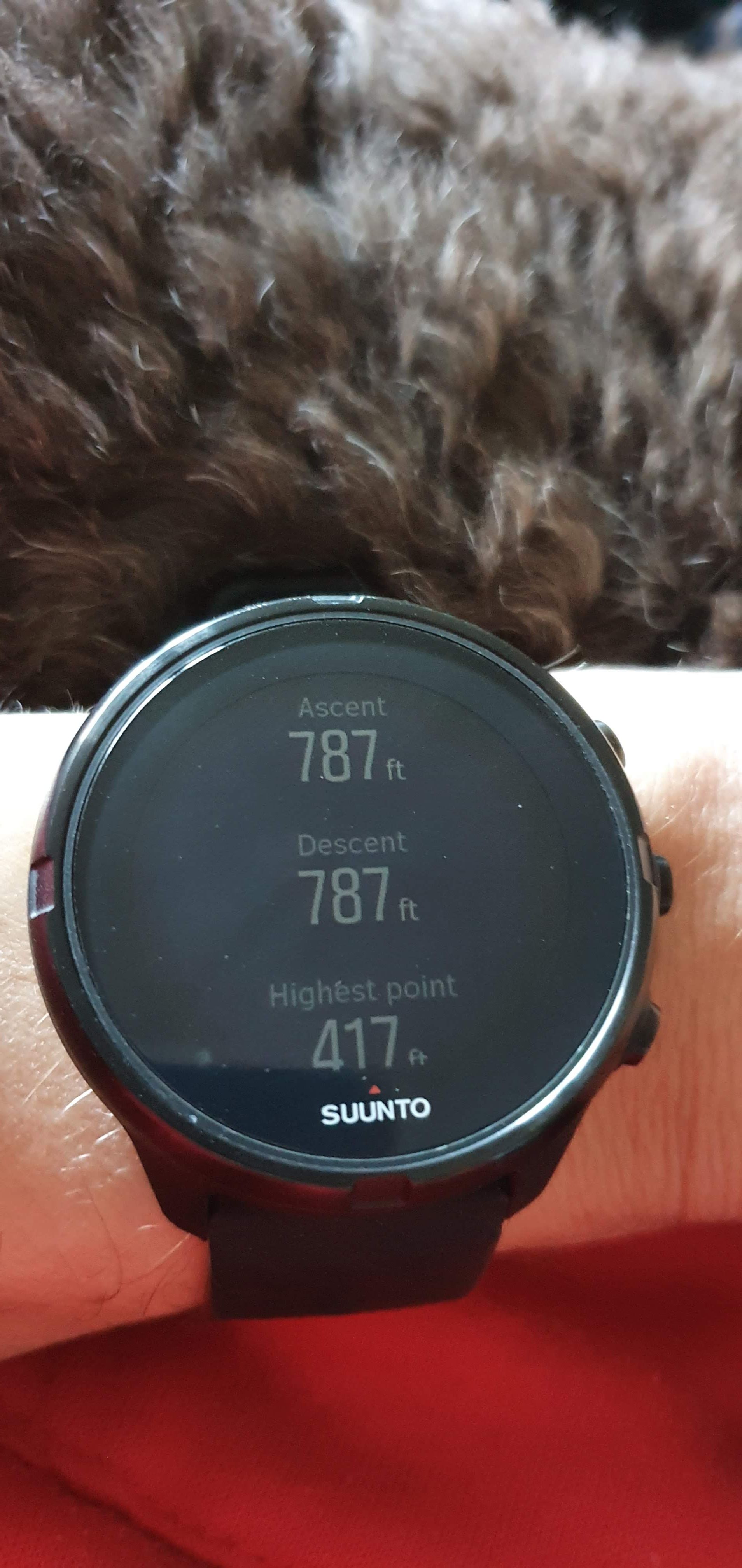
After run complete, shows
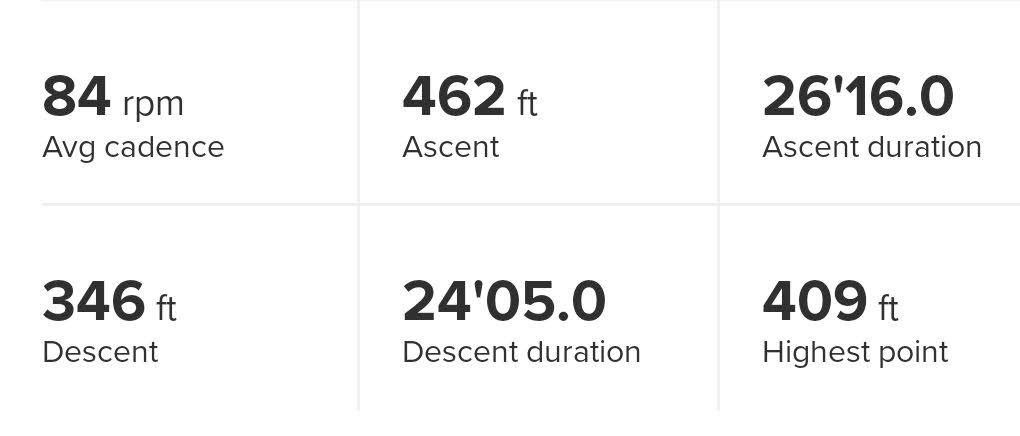
Strava shows the same, but I will use corrected data
So its missed off 300 ft of climb.
In Strava I always have to hit the Use Corrected Data. linkyMy old 310XT never gave me the option to corrected data as it seemed to give the right amount. I manually added the main climbs and I get to at least 600+, not counting the undulations.
Another run linky watch shows 1017 ft, but Suunto App shows 1788ft, Strava corrected shows 1866 ft.
As I say, its those undulations that seem to be missing.
I am confident that the watch knows the correct height as I have been on top of a local hill that is 780 ft, and the watch tells me the elevation is 770 ft or so, so I am happy with that part.BTW Liverpool are now 4-0 up…
-
@andrewglipman suunto app counts 1m of ascent. Actually even less. This is not aligned with how the watch does it. And the same applies to all other route planners. It’s just how messy this situation is.
So again there is a minimum of 3m climb needed to register ascent. That’s how it is and that’s how it reports accurate ascent for baro models.
-
The route had quite a lot of undulations that are certainly not enough to trigger adding it to the ascent.
I will continue using the corrected data.
Had the S9 for just over 1 year and still love it. -
It was great if the user could set a flag in the settings, if he prefers the watch to take each 1 meter change into calculation or not.
BTW, @Dimitrios-Kanellopoulos I posted the activity a few messages up.
-
@andrewglipman said in Suunto 9 baro very low elevation gain vs other brands:
not enough to trigger adding it to the ascent.
This is exacly the problem. Why not take all changes and be accurate…I cant understand that and this make me feel dissapointed.
-
@sky-runner said in Suunto 9 baro very low elevation gain vs other brands:
One easy way to verify that is just to look at elevation profile and manually add up all climbs and compare to the total ascent reported by the watch.
Also using Runalyze you can play with different thresholds and check.
-
@Oktan load your activity on runalyze. Do you know the service ? There you can see all the elevation reported by services and different methods of calculating ascent.
@fazel also linked you the post with the details.
It’s a common thing for people to ask this question and it does take a lot of debate each time iterating over the same points.
In a kind way this is how ascent is calculated. The 1meter threshold will register ascent just by your arm swing. The 2 meter threshold will do the same on each little bump or wind or rain etc.
While I do understand the debate this number of 3 meters is selected not in random but by continus data parsing and validations. We want to have the most consistent real ascent and that’s the decision made. We cannot sacrifice puting 1m ascent and getting people complaining of getting 200+ meters ascents in amsterdam.
There is nothing bad with your watch or Strava or the data. It’s all there ok.
To be honest here as as an ex mountain goat. If you think you can say you did 200m ascent each run on flatish, and thus about 2k per month, you are just not saying the truth to you. As an athlete you are mischievous to you. And that is important. That’s a personal opinion when my Garmin friends from Amsterdam would come with 2k ascent per month to visit, and stop at the first 100m trail going up splitting their lungs out. Opinion , no, 10x1m in 10k up is not 100m ascent to your legs.
-
@Dimitrios-Kanellopoulos said in Suunto 9 baro very low elevation gain vs other brands:
stop at the first 100m trail going up splitting their lungs out. Opinion , no, 10x1m in 10k up is not 100m ascent to your legs.
Oh Damn you Force of Gravity and Steep Slopes !!!
